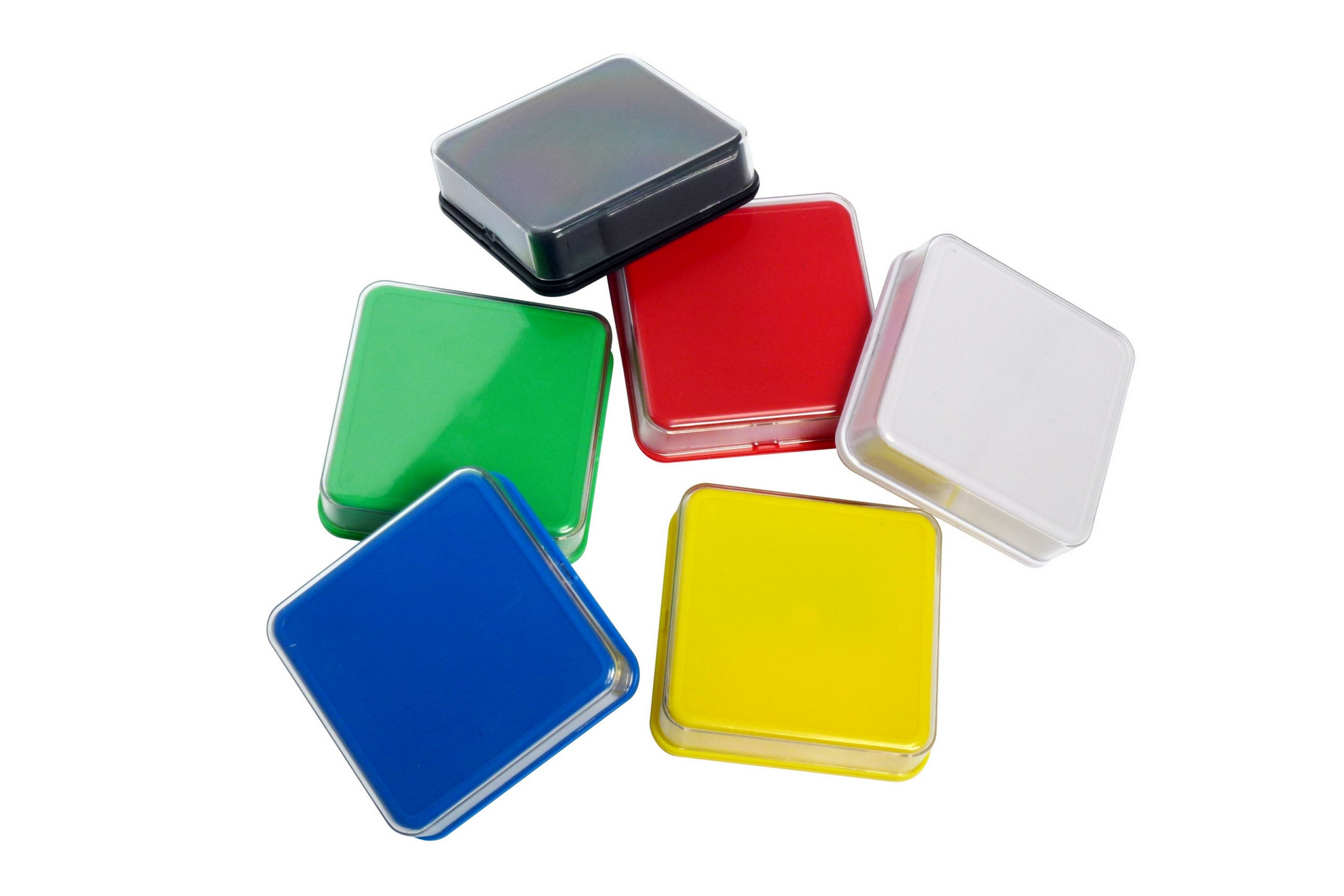BLOG


Top Toys and Know How they can Aid in your Children’s Speech and Language Development
Speech and language development in children is a gradual process that requires the parents or caregivers to take on an active role in its facilitation. It is important to remember that vocabulary is useless unless it can be applied meaningfully, which means one has to answer the multitude of ‘who’s, ‘what’s, ‘why’s and ‘how’s that are bound to arise. Toys combine fun and learning in one attractive package. Here are some ordinary toys that one can use to teach children speech and language skills. Toy Phone This obvious, yet often overlooked choice is at once low in cost and bang-on in functionality. While technology has considerably changed things, the primary use of a phone is for communication, which naturally brings up a need for language and speech. A toy phone, which may be as simple as two tin cans connected by a string or as complex as a battery-operated device that has the child press buttons to get responses, can help the child learn basic communication skills. Play Dough A good means of sensory learning the best part about play dough is that you can make it yourself, thereby reducing expense and providing an introduction to action words related to the processes of creating something (mixing, shaping, rolling, kneading, etc.). The possibilities of play are virtually limitless. A sample of the ideas that playing with play dough can help convey include shapes, sizes, colours, numbers, scents, feelings, objects, verbs and adjectives; using play dough with tools (like spoons, moulds etc.) can also hone motor skills. Doll House Regardless of the child’s gender, a dollhouse is a holistic toy for learning to verbalize concepts of part-and-whole relationships, positions, home and family, clothes and dressing up, sizes, shapes, animals and objects, verbs and feelings, and personal space. Pretend play such as talking about the dolls and what (or how) they are doing, giving and receiving directions for further actions, taking turns to play and so on provides a more natural way to express these concepts. Building Blocks and Stacking Toys These are two similar and abundantly useful toys that can be used to explain relative positions, shapes, colours, sizes, numbers and counting, solving problems (by having the child create structures) and planning, and motor actions. These functions can be further expanded by hiding blocks under individual stacking toys and having the child verbally identify the correct cup (under which a block, perhaps of a particular colour, is hidden or not). In addition to developing speech and language skills, toys can also be used to develop social skills during group play. Also, children often learn by association, so it is a good idea to use gestures and signs until such a time that they can express the idea without the associated symbol or object. The development of speech and language requires a great deal of interaction, patience and repetition. Adding toys into the mix is a dollop of creativity that can’t go amiss!

